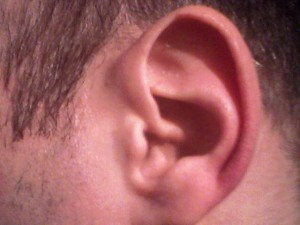There’s no one among my friends or relatives who is blind, so I was completely unfamiliar with “echolocation’ until happening onto an article on the topic in New Scientist. Written by a blind psychologist named Daniel Kish, the article details how the author clicks his tongue and listens to the reverberations made as the sound bounces off buildings, trees, people, etc. These echos enable him to “see” his surroundings and walk, run and bicycle on his own. Kish teaches echolocation to others, enabling them to live the full existence he enjoys. An excerpt from the article:
“At the time I went to school, blind kids either waited for people to take us around, or we taught ourselves to strike out on our own. My way was by clicking my tongue and listening for the patterns of reflections from objects around me. By doing this, I could get 3D images of my surroundings. I can’t remember when or how I first started using sonar, because it was when I was very young. I have a memory of climbing over the fence into the neighbour’s yard and clicking to find out what was around me, when I was just 2½ years old.
As a child, while I was pleased to have a guide when someone was willing, I could do a lot by myself. I could ride a bicycle through my neighbourhood in the Los Angeles area, play tag with my friends, find trees to climb, and walk just about anywhere on my own.”
There is also video of Kish’s echolocation education program.
Tags: Daniel Kish

